GOING FORWARD | RURAL 2025
SESSION VIDEO
SESSION OUTLINE
Rural 2025 session marked the colloquy’s first dialogue, setting the stage for the following conversations in the series. As the topic suggests, the discussion brought together thought leaders in the sector to envision Rural India in 2030.
The session envisioned rural India in 2030. What could the aspirations for 60 percent of our people living in rural India?
How would the evolution from rural to more urban centres in India look like going forward? What meta-level challenges – patriarchy, religion, caste and gender, among others have held us back, and how can we work to address these social silos and social inequities while moving forward?
What are the two green shoots that will help achieve the vision for 2030, and how to cultivate them to bring about more significant and impactful transformation?
PANEL
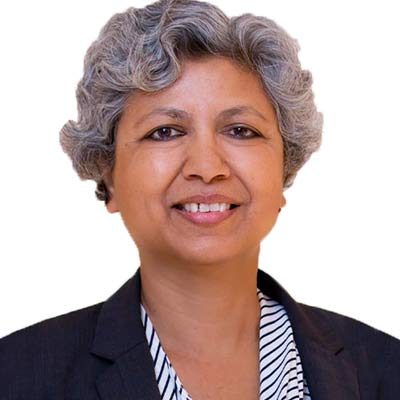
Bharti Gupta Ramola
Former Markets Leader, PwC India. Independent Director on the boards of HDFC Life Insurance Company Ltd., SRF Limited, and Feedback Infrastructure Pvt Ltd. She serves on the Governing Body of Lady Shriram College, the Board of Villgro Innovations Foundation, and the GP Advisory Board of Unitus Impact fund
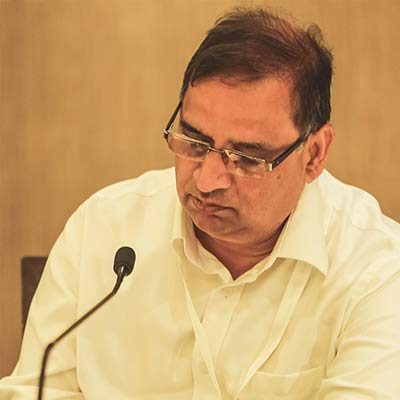
Sanjiv Phansalkar
Chairperson - TRIF, Director- VikasAnvesh Foundation, Former Programme Director, Tata Trusts
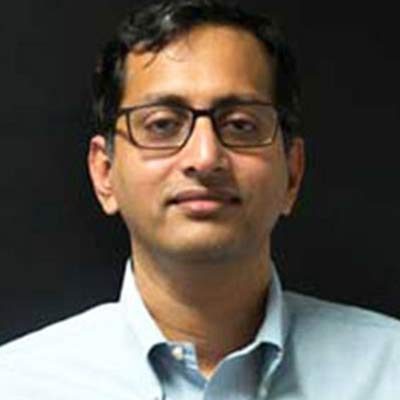
R. Venkataramanan
Founder and CEO Karkinos Healthcare. Advisor to the Chairman, Reliance Industries Limited, former Managing Trustee of the Tata Trusts
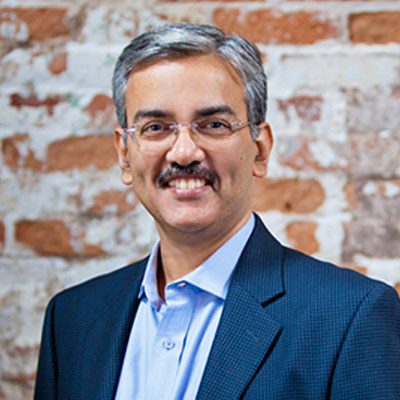
Soumitra Pandey
Partner and Head, Mumbai Office, Bridgespan
SESSION TAKEAWAYS
OPPORTUNITIES FOR RURAL TRANSFORMATION BY 2030
The proliferation of platform-based services supporting rural livelihood needs is critical for transforming rural India by 2030. The key will be to build on the immense transformative power of rural youth and women participants in the emerging distributed manufacturing scenario. This, in turn, will be able to leverage the hyper collaboration between donor communities and civil society and the presence of the multi-foundational mechanisms for building programs with meaningful nature of engagements and co-impacts. In this, using the massive potential of technology, its mobility and access in the remotest parts of the country is the need of the hour.
CRITICAL BARRIERS TO ADDRESS
Social vulnerabilities may arise out feminization and centralization of women in agriculture by 2030 and the corresponding migration of men to cities. The key lies in addressing the social silos and inequities of the haphazard development and the inadequate planning of social and physical infrastructures in the rural-urban continuum. One of the biggest challenges of digital inclusion is the prevalence of the language barrier. Similarly, the lack of multi-lingual or vernacular-based platforms is limiting widespread technology adoption. Making and setting higher aspirations and entrepreneurial spirit amongst the youth will help address some of the critical barriers to development in rural India.
"There is an emphasis on rights but no emphasis on responsibility.”
- SANJIV J PHANSALKAR
"We are seeing more rural women discovering what is possible in being very entrepreneurial. It is fascinating to see them, the confidence they exhibit is incredible."
- BHARTI GUPTA RAMOLA
"Let us look at the Lowest Common Multiple of collaboration than the Highest Common Factor of engagement. For the person who is receiving the benefit at the last mile, it won't matter where it's coming from."
- R VENKATARAMANAN